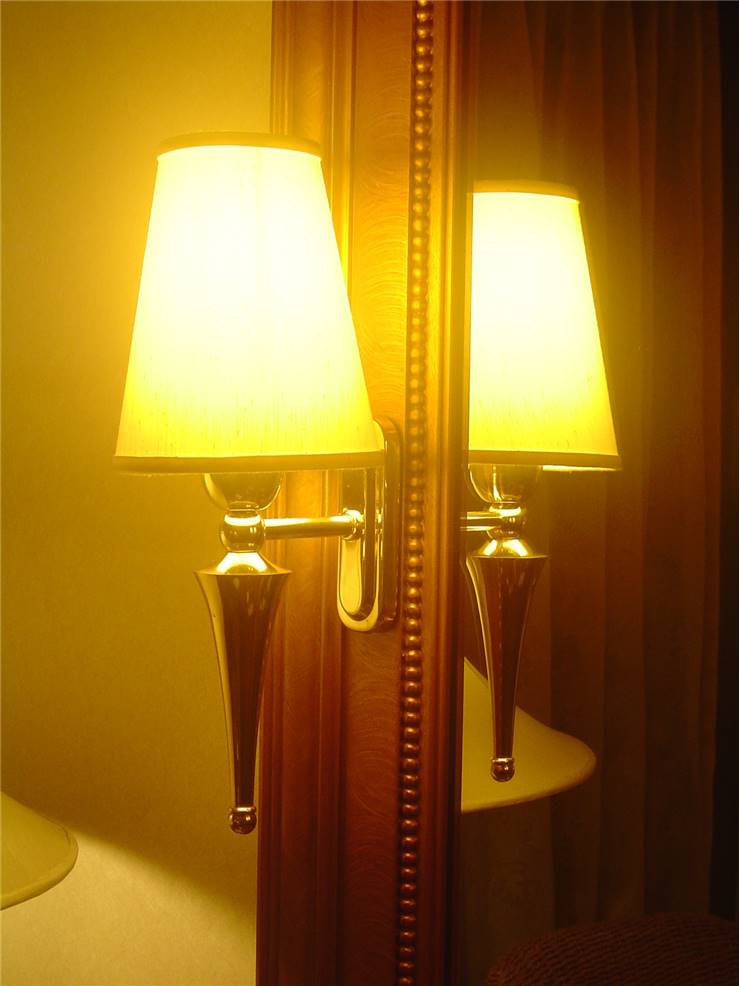History of Electric Lamps
Around the same time that we used oil and kerosene to fuel our lamps, a new power source started appearing - electrical energy. It would change the world and have a big impact in how we illuminate the world around us.
Roots of the electric lamps go back to the beginning of the 19th century. Sir Humphry Davy, chemist and inventor, had at the time, the most powerful battery in the world and by 1802, made the first incandescent lamp in a way that he passed electrical current through a platinum strip as a filament, which were used because it has a very high melting point. It didn’t lasted long nor it gave too much of light but it was a spark that ignited ideas of 20 and some inventors until we got the first commercially viable incandescent electric lamp. In 1809 Sir Humphry Davy made first arc lamp which was also basis for one of three types of electric lamps. After that different inventors experimented on different aspects of electric lamp. They changed filaments, atmosphere in which filament burned and casing for a lamp, all to get longer lasting lamp that would give enough light and could withstand high temperatures. In 1870s, Sir Joseph Swann and Thomas Edison, independently of each other, made first electric lamp that could last longer than few hours by using carbon filament in vacuum. That gave electric lamp that burned with stronger light and that could last for more than 1200 hours. Later improvements used tungsten filament and atmosphere of inert gas which gave even brighter light and lasted longer because gas reduces evaporation of tungsten. Electric lamps were first used only by a few but in time they got wider use and by 1885 it was estimated that around 300.000 lamps were sold only in USA. Electric lamps spread around the world and stayed until the present day in variety of uses, from home to industrial to street illumination. Beside the electric lamps that use electric current from the electric grid we have electric lamps that use batteries and are therefore - portable which widens their use even more.
Through history, there were many variants of electric lamps but, like we said before, there are three basic types:
- Incandescent lamps. They have filament through which electrical current is passed that heats the filament which then emits light. Filament is enclosed in a glass bulb which has low atmosphere of inert gas that prevents filament from burning away.

- Carbon arc lamps which work on the principle of dielectric breakdown. Arc lamps have two carbon electrodes that are placed at the small distance of each other and are connected to high voltage. Air between them turns into a conductor under the force of the high voltage and after the dielectric breakdown and electric discharge is created which burns with strong light.
- Gas discharge lamps are made like tubes that have electrodes on both ends and are filled with vapor that can be ionized and with that can pass electric current and emit light. Fluorescent and neon lamps are gas discharge lamps in the widest use.
120 year after the first experiments, we still use electric lamps and regard them as irreplaceable in everyday life. But they are changing still and are replacing each other. In the last years many countries are passing laws that will ban incandescent lamps because there are more efficient lamps that give same amount of light but consume much less electricity.

